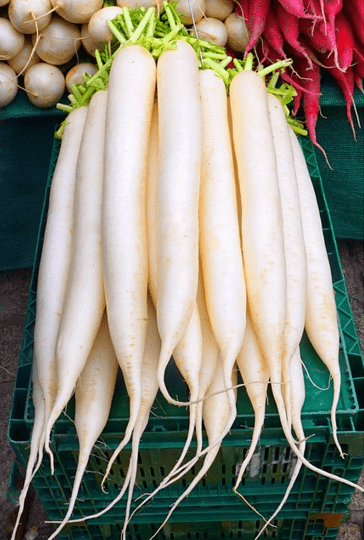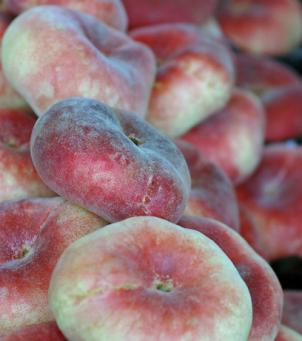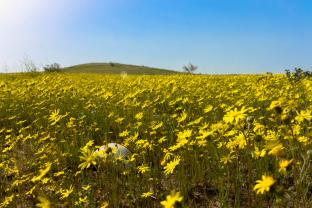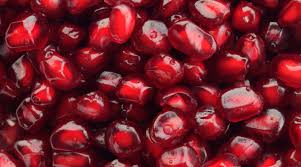Culinary is sometimes a matter of geography. Our hero of the day (and this week's box), daikon radish, illustrates this point excellently.
Now, at this stage, many of you might not understand what we're talking about, and if you haven't yet peeked at the attached picture, there's a chance you're imagining something else entirely. On the other hand, for every three-year-old child in Japan, daikon radish is as basic a vegetable as cucumber or tomato.
So why haven't most of you heard of it?
It's a wonderful vegetable with a wide range of uses that somehow slipped under our radar. At this point, as you've all seen what daikon radish looks like, resembling a giant white carrot, it's time I shed some light on it.
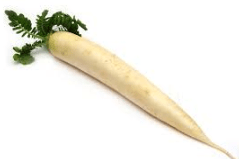
Well, despite its structural resemblance to the carrot family, daikon radish is indeed a type of radish and has been a staple in most East Asian kitchens (sometimes called "Chinese radish" or "Japanese radish") for thousands of years.
As mentioned, in Japan, it's a staple vegetable, and you can learn this from its name – daikon is the Japanese name (and if you're interested in Japanese, it's written like this: 大根), which literally means "big root."
The Japanese adore this root, and its use in Japanese cuisine (as well as other Asian cuisines) is vastly different from what we do with our humble garden radish.
Daikon radish is consumed raw (usually grated as part of a salad or combined in raw fish dishes), added to soups, stews, steamed, pickled, and even fried into diet-friendly chips. In short, it's a very common vegetable in Japan, even hosting several uniquely cultural events around it, like the Daikon Sculpting Festival, known for its particularly kinky undertone.
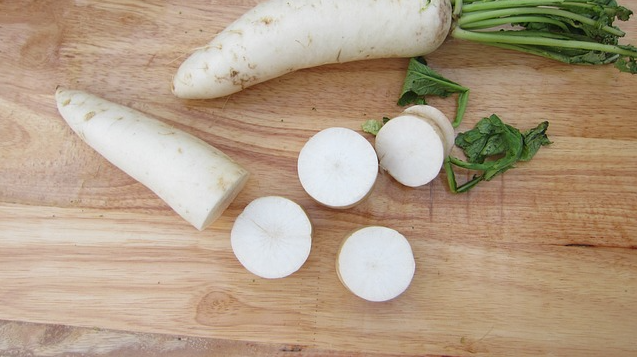
Fresh daikon radish has a very refreshing taste with a delicate sweetness and a crisp texture, and when cooked, it produces a rich set of flavors. It's rich in magnesium and vitamin C and is considered good for cholesterol levels and blood fat reduction.
As I mentioned, it's unclear why it took so long to arrive at our tables. In fact, it's only thanks to the Filipino and Thai communities in Israel that began growing it for their own personal use, and only in recent years have a few farmers started growing it for commercial purposes.
To our delight, there are several organic growers who rolled up their sleeves and started growing this big root, which has returned to our store this week.

